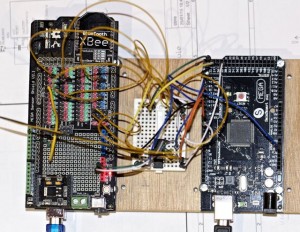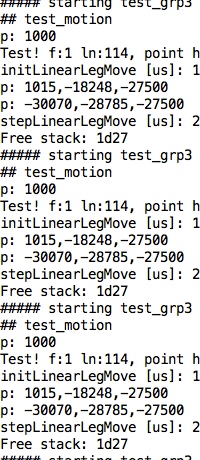Neuronal Networks need compute power. You can buy cloud time, but that’s rather expensive. So we need a hardware update.
Our only desktop computer is old and was never intended to be a good in floating point simulations. Ever with the limited CAD work I do, you feel it’s age. A new one should be good for single thread applications, and machine learning supported by a GPU.
And it will run on Linux!
Setup
- CPU: Intel Core i9 7900x
Machine Learning doesn’t require a very fast CPU, but some of the other, single threaded Linux applications do. - Motherboard: ASRock Fatal1ty X299 Gaming K6
That was a tough one. The fast boards, with a reasonable price and the support for multiple GPUs are the gamer boards. But I don’t need fancy lighting. And I don’t need Wifi, we have wired Ethernet. And it has to support Linux only. - RAM: 4 x 8 GByte
I don’t need 32 GByte for a start, but I wanted to use all 4 memory banks for speed. - Disk: 1TByte SSD
- GPU: Nvidia GeForce GTX 1080 Ti or RTX 2080 Ti
It has to be Nvidia because of the CUDA support. I was targeting the GTX 1080, but just now Nvidia has announced the RTX 2080. I will wait a month to see what the reviewers say, and how the price of the GTX 1080 Ti develops. For now I have bought a cheap Nvidia to set up the system. - CPU Cooler: Noctua NH D15
- Power Supply: BeQuiet 700 W ATX
- Casing: tbd, I’d like to get another LIAN LI casing, they are nice.

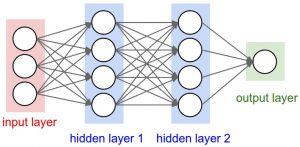
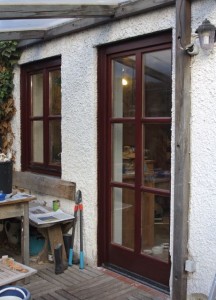


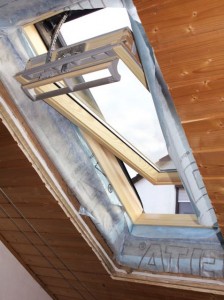
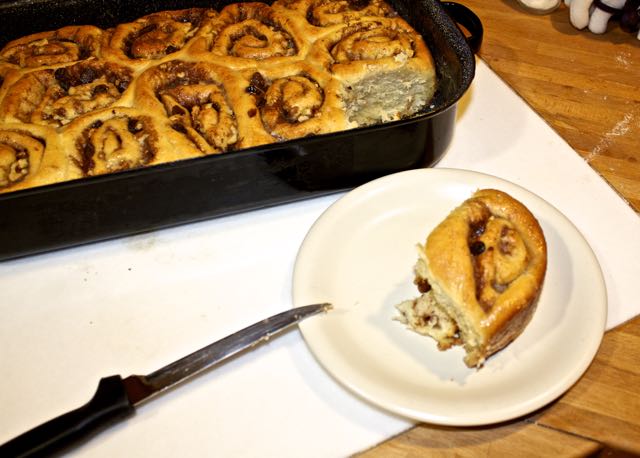
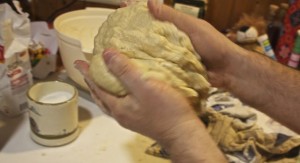

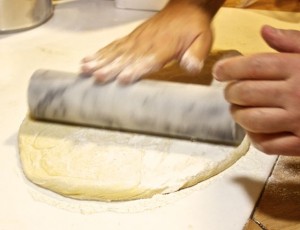 Schnecken herstellen:
Schnecken herstellen: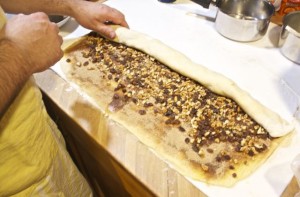 Mit geschmolzener Butter bestreichen, diese mit einem Pinsel verteilen. Zimt-Zucker darauf streuen, Rosinen und Nüsse darauf verteilen. Den Teig von der Längsseite her aufrollen.
Mit geschmolzener Butter bestreichen, diese mit einem Pinsel verteilen. Zimt-Zucker darauf streuen, Rosinen und Nüsse darauf verteilen. Den Teig von der Längsseite her aufrollen.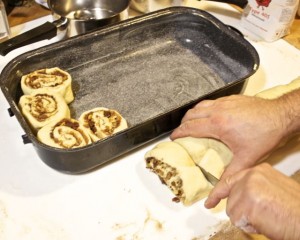 Die Rolle in 12 Scheiben schneiden. Die 12 Schnecken in die Auflaufform legen, so daß die Spiralform oben sichtbar ist.
Die Rolle in 12 Scheiben schneiden. Die 12 Schnecken in die Auflaufform legen, so daß die Spiralform oben sichtbar ist.
